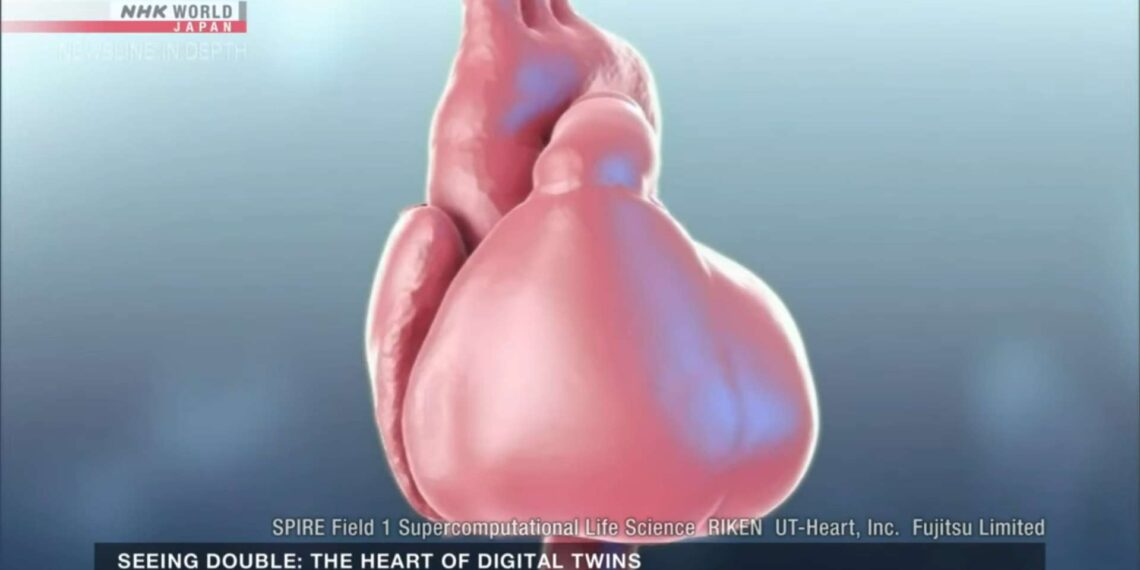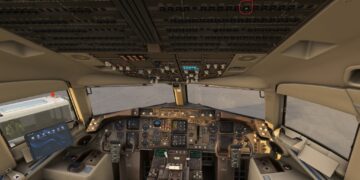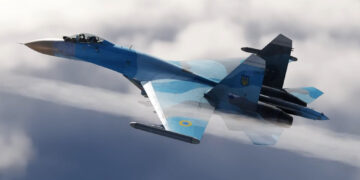Many think of Digital Twins focusing on their gaming and business applications, but one of the most relevant is certainly medicine.
The Japanese state TV NHK published a video report (you will need to click through and watch it on YouTube as embedding is disabled) focusing on the efforts to create digital twins of the human heart capable of simulating its functioning to facilitate the mapping of surgeries, mostly to address congenital heart defects in children.
About 1% of children in Japan are born with such defects, but they are very complex to treat because of the huge variation in abnormalities that can occur at a congenital level. This includes holes between the four chambers included in the organ, or at times, no separation at all.
There are over 40 major categories, with multiple issues often appearing at the same time. Due to this, determining the optimal surgical course of action is a significant challenge.
Isao Shiraishi, the head of the team developing a “heart simulator” at the National Cerebral and Cardiovascular Center in Osaka, Japan explains that the creation of an artificial blood vessels can result in significant difference in the burden on the heart even with small variance in diameter.
Determining these parameters carries real risks when not done with the help of a simulated digital twin. It may result in heart failure and threaten the patient’s life as a 0.5 mm difference in diameter involves a significant difference in blood flow.
A Japanese manufacturer collaborating with Shiraishi-sensei and the University of Tokyo is creating the simulator starting with a CT scan of the heart, which is then rendered with over 400,000 polygons. These are animated by a program developed by inputting data from previous tests.
This enables simulating the functioning of the specific heart in intricate detail including blood pressure and flow, oxygen level, and more. At this point, surgeons can apply the changes they intend to make and determine what effect they would have on the patient with the help of a computer, predicting which surgical procedure would result on the least burden on the heart.
That being said, challenges still exist. While certain hearts are difficult to replicate, it’s also not possible to apply this method to emergency surgery, as the bespoke analysis required takes time.
For now, the heart simulator Shiraishi-sensei and his team are working on has been used in 12 clinical trials, and the hope is that it’ll be approved for widespread use within 3 years.
Another challenge is the cost, so the team is working to secure insurance coverage for the procedure in order to lessen the financial burden on future patients.
This is not an isolated case as similar initiatives have been proliferating in several fields of medicine across the world.
If you’d like to read about a much more “playful” application of digital twins, you can enjoy our hands-on preview of Microsoft Flight Simulator 2024, which applies the concept to flight simulation everywhere on Earth.
You can also watch our interview with Head of Microsoft Flight Simulator Jorg Neumann and Asobo CEO Sebastian Wloch, another with Asobo CCO David Dedeine, and one featuring Chris Burnett of Working Title and Brandon Yaeger of Got Friends about their work on Microsoft Flight Simulator 2024.
Last, but not least, you can take a look at our A-10 flight through the Grand Canyon, our first look at the extensive pilot customization, another at the first mission of the Career Mode, a video featuring the new walk-around move showing off a Boeing 737 MAX up close and personal, and a challenge with the A-10 over the Blue Ridge Mountains.












